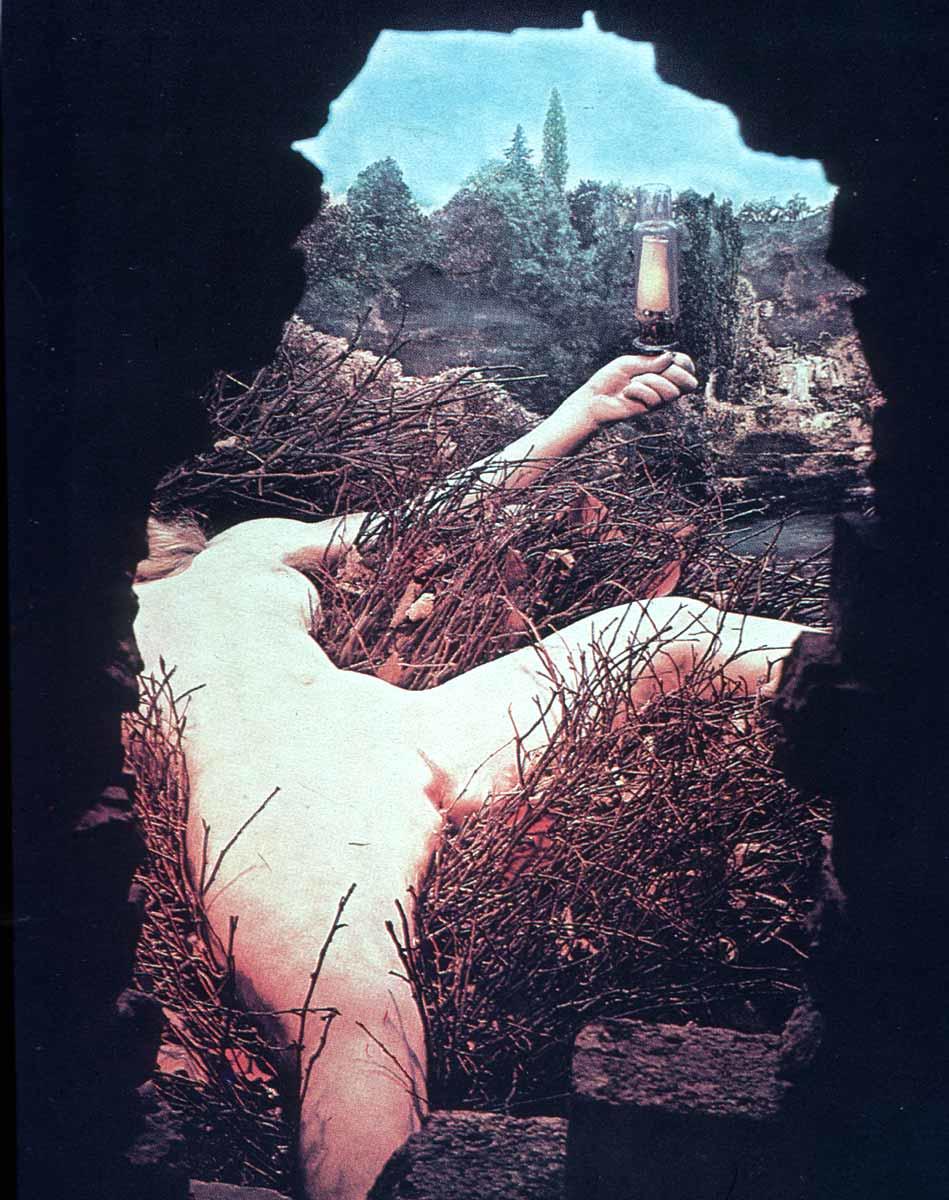Introduction
Background
A change in art, particularly, its form, the means of artistic expression, etc., is an inevitable characteristic of progress. It would be wrong to consider art isolated from the rest of the domains of people’s life, e.g., the social, the political, the economic, and the technological ones. Quite the opposite, art serves as the means of rendering the alteration and the challenges that people face in the identified realms, therefore, portraying the process of the evolution of the humankind (Leslie 2013).
As a result, the art of the 20th century turns out to be drastically different from that of the 21st century due to the huge changes that the world has undergone in the identified time slot. True, some of the elements, such as the postmodernist tendencies, crucial themes, etc., turn out to be recurrent in art and, therefore, appear in the artworks of the 21st century as well, there seems to be a gigantic shift toward a new representation of reality.
However, contemporary art bears a distinct difference from that of the 20th century, primarily because of the tools chosen by artists as the means of expressing themselves. The specified tendencies can be observed in a range of art domains, yet nowhere is it as graphic as in installation. Particularly, in contrast to the installation art of the previous century, the current one incorporates the primary principles of globalisation and multiculturalism by inviting more people to participate and hiring professional performers that could help an artist represent a particular idea in the required manner. Thus, the principles of collaboration and participation can be deemed as the elements that draw a line between the two eras of installation as an art form.
A closer look at some of the specimens of installation of the 20th century will reveal that it relied primarily on the material as the means of getting a specific message across to as many members of the audience as possible. When considering the reasons for the contemporary installation art to be more intrinsically participative than that of the 20th century, one will have to admit that the phenomenon owes its existence to the recent technological breakthrough. Indeed, studies show that the information technologies that created prerequisites for the global community to emerge and communicate in the world network have played an essential role in making art accessible to literally every single member of the audience. As a result, the promotion of cooperation not only between artists worldwide but also between creators and their audiences was not only predictable but also inevitable (Lee, Kim & Lee 2014).
Goals and Objectives
Comparing the artistic installations of the 20th and the 21st centuries, as well as analysing the political, social, and economic factors that affected the change in the ways of artistic expression in the identified time slot is the primary goal of the paper. The research is also aimed at comparing some of the main works of the prominent artists of the 20th and the 21st century. Particularly, the art pieces created by El Lissitzky, Marcel Duchamp and Kurt Schwitters will be analysed. Furthermore, the possible pathways for the development of tendencies in installation will be identified based on the outcomes of the comparison.
Research Question
In what way are the art installations of the 20th century and the 21st century different from those of the earlier period, and what are the essential forces behind the change?
Thesis Statement
Despite the fact that the general tendencies in the development of the installation art seem to have been preserved, a comparison of the works by the 20th– and the 21st -century artists such as El Lissitzky, Marcel Duchamp, and Kurt Schwitters reveals that the themes have changed toward more optimistic and vibrant ones, and the ideas of participation and community have been incorporated into modern art pieces.
Literature Review
Post-Modernism in Installation
In order to understand the nature of the changes that installation art experienced at the turn of the centuries, one will have to consider the societal and, especially, the political changes that the world was witnessing at the time. The eruption of the WWI and the WWII triggered drastic consequences, and the idea of fear for the future of not only choice people but also the entire humankind was the key idea that resonated with many artists at the time.
In fact, some of the artistic responses to the atrocities of the war led to the creation of an entirely new genre. Dadaism subverted the concept of humanity, asserting that any species which came up with the idea as horrendous as the WWI did not warrant the right to exist and was intrinsically ugly.
Post-Postmodernism and Other Movements in Art Installation in the 21st Century
One might argue that, thematically, the death of Postmodernism and its further rebirth as the Post-postmodernist movement in the late 1990s and the early 2000s implied that the new artistic concept should have a range of inherent qualities borrowed from its predecessor. However, an altogether more optimistic attitude toward the interpretation of the global changes seems too different from the 20th-century desperate cry in the wilderness to be of the same ilk.
Marcel Duchamp
The idea of deconstruction and the ultimate destruction of art as the exact example of Dada found itself in the artworks of Marcel Duchamp, who became globally famous due to his art piece known as Fountain (see Appendix A) (The University of Washington n.d.). One might argue that, on the surface, the idea of Dada was to appal the audience; however, the author was evidently trying to shock viewers into paying attention to some of the essential events that occurred at the time and consider their implications for the humanity.
A closer look at some of the specimens of Duchamp’s 20th-century installation art, which he called readymades, as well as those of the 21st century, will show that, unlike other artists, Duchamp did not see the possibility of change for the better in the humanity, nor did he accept the idea of the humankind having any redeemable elements whatsoever (Apkang 2013). One of his earlier works, Why not sneeze? (see Appendix E (Duchamp 1921)) can be viewed as a graphic representation of the notion of the harm done to the world, as well as its irreparability. The empty birdcage already is a very powerful metaphor for the devastation that could be witnessed in Europe and that was slowly crawling across the globe to seize the entire world.
In fact, unlike other artists of the era, such as Lissitzky and Schwitters, who would later on switch to a more positive interpretation of the global changes, Duchamp would retain his pessimistic concept of the modern world in his later works. Étant donnés (see Appendix F), which is often underrated, can be considered one of the greatest installations ever conceived by the artist. Putting the art piece at the centre of the installation into several perspectives, it points to the fact that the universe does not necessarily have to be looked at through the Large Glass; instead, the alternative viewpoints can be accepted. In this respect the artwork becomes nearly optimistic; however, being Duchamp’s most mysterious creation, it is still open to interpretations.
El Lissitzky
Compared to the chaos represented in the installation art of the 20th century, Lissitzky’s artworks can be deemed as very confident and optimistic. Particularly, these art pieces, which also incorporated innovative approaches and techniques, were much more disintegrated in their essence than the art piece described above (see Appendix B) (Lissitzky 1920). One might claim, therefore, that there is a propensity in the installation art of the 21st century to be geared toward a pessimistic representation of the world and its progress. In Lissitzky’s art, the political and social turmoil that seized the world at the time was coupled with the terror of the totalitarian regime.
Therefore, Lissitzky’s installations were supposed to emphasize the nature of the conflict within that was tearing the nation apart. The identified ideas can be traced in the spatial arrangement of the elements of the art pieces in the installation, as well as their colour scheme. Unlike Duchamp, who used the concept of an object as the means of shocking the viewers into paying attention, Lissitzky used the principles of spatial arrangement as the tool for getting his essential ideas across. For instance, the simplification of shapes in Proun 13 (see Appendix D), as well as the transfer of the items used in the installation from the 3-D environment into the 2-D one can be interpreted as the expression of the psychological and artistic boundaries experienced in the post-war environment of the Soviet Union (Almer 2015).
Therefore, the approach used by Lissitzky was significantly different from that of Duchamp primarily in the use of colour schemes. Where Duchamp’s works incorporated depressingly monotonous shades of grey, Lissitzky experimented with colours and their saturation to a considerable extent, thus, creating the ultimate representation of Dada. The disorganized elements painted mostly in red, white, and black served as the means of stressing the lack of perspectives for the further development of the humankind, the sharp angles stressing the gravity of the situation.
However, apart from Beat the Whites, the author also produced several installations that were more in line with the depressive, anguish-filled atmosphere of the 20th– and the 21st-century art; for instance, his Proun 99 (see Appendix C), which was supposed to be the Supremacist representation of the future architecture, served as a grim nod to the ostensible opportunities of the future. The shadows, the sketchiness, and the overall tone of the art piece echo with Duchamp’s works, therefore, painting the landscape of devastation that the 20th-century post-war world represented; nevertheless, the light elements in some of the installations, such as the Proun 13 mentioned above, leave the hope for an improvement in the future.
Addressing the issue of a change for the better and the possibility of hope in the mess that the 20th century represented, Lissitzky addressed a range of topics that Duchamp stressed in his works. However, apart from rendering the issue of the psychological and social trauma that the events of the 20th century have had on people worldwide, the artist also outlined the possibility of a future development in his art pieces. For instance, the artist pointed to the possibility of transferring from one art form to another in his artworks, which implied the use of 3-D tools in order to construct 2-D installations.
In other words, the art pieces created by Lissitzky can be viewed as the endeavour to connect visual art and architecture into a cohesive whole. Although, at the first stages of artistic development, Lissitzky’s works represented destruction and turmoil by which the world was seized, the later installations hint at the possibility of a positive change and even at the opportunities for different art forms to merge into a single entity that could work as a constructive element. In other words, from the ideas of Dadaism, which implied the deconstruction of art and its ultimate destruction, Lissitzky’s work evolved to the philosophy of artistic unification, as some of his later works, including some of the “prouns,” show.
Kurt Schwitters
Nevertheless, a closer look at the examples mentioned above will point to the fact that Duchamp’s and Lissitzky’s goals seem to be more commercial than that of the works by the artist such as Lissitzky and Schwitters. Whereas Schwitters, for example, seemed completely honest in his dread of the horrors that the WWI unleashed on the humankind, thus, portraying its decay and ultimate demise, Duchamp seems to be exploiting the ideas of regression and corruption as opposed to being shocked by them. Specifically, Schwitters’ Merzbau (see Appendix C) can be viewed as a representation of chaos that engulfed the entire world due to the effects of the WWI. The fact that the entire civilization was in shambles is emphasized in a very subtle yet relatable manner by the author, with the delicate details such as the cobweb, the dim lights, etc.
Most of Schwitters’ art pieces, for example, were literally made of trash. Thus, the artist stressed the gravity of the regress that was enveloping the world, putting an end to the human civilization. True, some of the elements of the Merzbau installation mentioned above admittedly included other ideas and concepts (e.g., an open window as one of the elements of Merzbau was supposed to signify a religious version of the light at the end of the tunnel (Ox 2014)). However, the general impression that Merzbau was supposed to create was a gloomy and brooding idea of “the shock and horrors of mechanized warfare and hyperinflation” (Leslie 2013, p. 60) that consumed the world at the beginning and in the middle of the 20th century.
It could be argued that the art pieces created by Schwitters, in general, and Merzbau, in particular, implied the renovation of the world as the means of shaking off the horrors and atrocities of war and stepping into the brave new world, with new hopes and opportunities. Indeed, the elements such as the window mentioned above and, supposedly symbolizing the gleam of light, can be viewed as the endeavour of the artist to introduce the element of cautious optimism into his art piece.
The hint at the possibility of restoration incorporated into the works by Schwitters at times becomes the polar opposite of what other artists working in the same ilk attempted at expressing. As stressed above, the very idea of the art of the 20th century implied that anything created by the human race that was capable of committing a mass massacre that the WWI was did not have any intrinsic value on its own, hence the subversion of art as a concept seen in other works.
Compared to Duchamp, who was clearly trying to prove that the only possible way for people in the 20th century to create art was to destroy it, as he showed in his artwork known as L.H.O.O.Q. (Middleman 2013), Schwitters was admittedly more progressive in his representation of reality. While Duchamp nearly supported the idea of the destruction of art by taking famous art pieces and adding the element of madness to them (see Appendix C), Schwitters pointed to the opportunities that the humanity might have in the future. Although also being gloomy and brooding, Schwitters’ art can be viewed as a bridge between the desperate and depressive artwork of the 20th century and the optimistic art of the 21st century inspired by the surge of the technological development.
Despite the obvious differences in the way in which Duchamp, Schwitters, and Lissitzky expressed their artistic vision of the world of the 20th and the 21st century, the themes that they addressed in their art pieces clearly have a lot in common. From the necessity to destroy and undermine the philosophical tenets of art as a concept to the search for new means of artistic expression, they managed to render the state of confusion and turmoil in which the entire humankind was in the 20th and the 21st centuries. As a result, the recurrent themes create the unique environment in which the identified art pieces can exist and create a universe of their own, a gloomy and dark one, yet also suggesting a speck of hope for the humanity.
Conclusion
The art of the 20th and the 21st century, particularly, the installations created by the pioneers of new genres such as El Lissitzky, Marcel Duchamp, and Kurt Schwitters, was clearly geared toward depicting the world of destruction and devastation as a result of the WWI and the WWI, yet some of the works incorporate a barely noticeable yet consistent element of cautious hop in them.
Although the art pieces created in the early 20th century entrenched the concept of anguish, destruction, and pretence as the primary ideas of art creation, therefore, subverting the very concept of artistry, in their later works of some of the artists, particularly, Schwitters, pointed to the possibility of a restoration of the society and the humankind, in general.
Nevertheless, the change toward depression, misanthropy, and destruction at the global level can be deemed as the primary themes of the 20th and the 21st century art, especially, as far as installations are concerned. The identified ideas peaked during the Dadaist movement that viewed the destruction of art as a concept as the indispensable outcome and, therefore, the ultimate goal of the humankind. Even though the later works incorporated the elements of cautious optimism, they still viewed the world as a barren land that could not produce anything worthwhile.
Reference List
Almer, A 2015, ‘Scissors versus t-square: on El Lissitzky’s representations of space’, Online Journal of Art and Design, vol. 3, no, 3, pp. 19-31.
Apkang, CE 2013, ‘Found object, recycled art, readymade or junk art? Ambiguity in modern African art’, Arts and Design Studies, vol. 12, no. 1, pp. 41-48.
Duchamp, M 1917, Fountain, image, Web.
Duchamp, M 1921, Why not sneeze? image, Web.
Duchamp, M 1966, Étant donnés, image, Web.
Lee, HY, Kim, JY & Lee , WH 2014, ‘Interactive digital art based on user’s physical effort with sensor technology’, International Journal of Software Engineering and Its Applications, vol. 8, no. 3, pp. 211-16.
Leslie, E 2013, ‘Wheels, suitcases, angels: Kurt Schwitters and Walter Benjamin’, Affirmations: Of the Modern, vol. 1, no. 1, pp. 44-70.
Lissitzky, E 1919, Proun 13, image, Web.
Lissitzky, E 1920, Beat the Whites with the red wedge, image, Web.
Middleman, R 2013, ‘Anita Steckel’s feminist montage merging politics, art, and life’, Woman’s Art Journal, vol. 1, no. 1, pp. 22-30.
Ox, J 2014, ‘Analogy and conceptual blending are part of a visualization toolkit for artists and scientists: introducing the cognitive space transfer’, IEEE VIS, vol. 14, no. 1, pp. 95-101.
Appendices
Appendix A
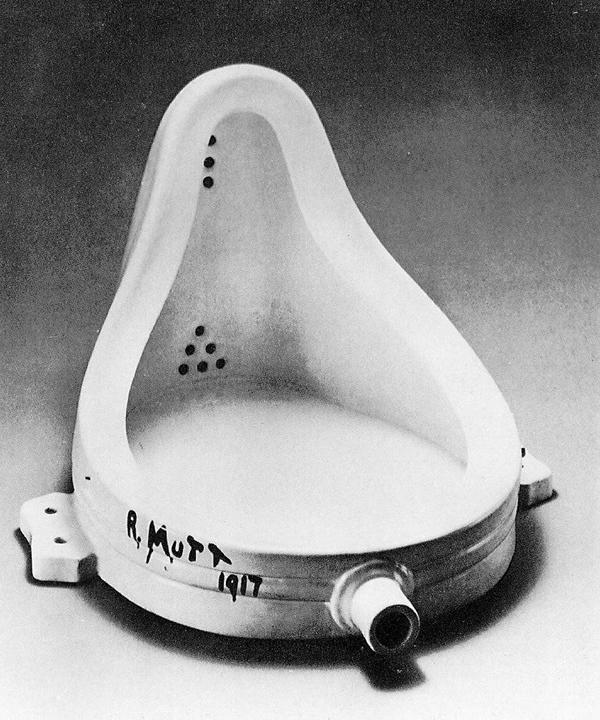
Appendix B
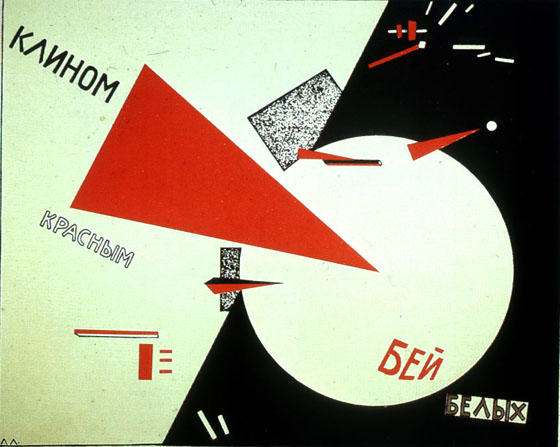
Appendix C
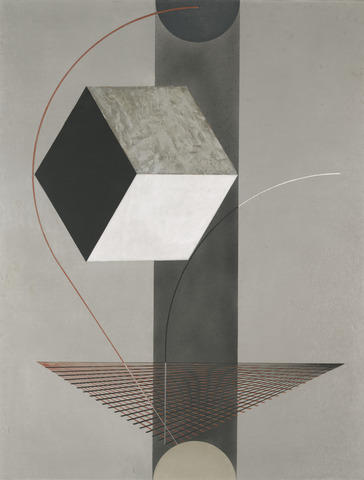
Appendix D
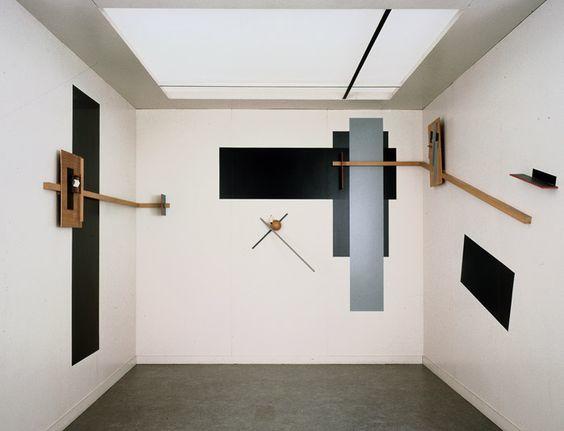
Appendix E

Appendix F
